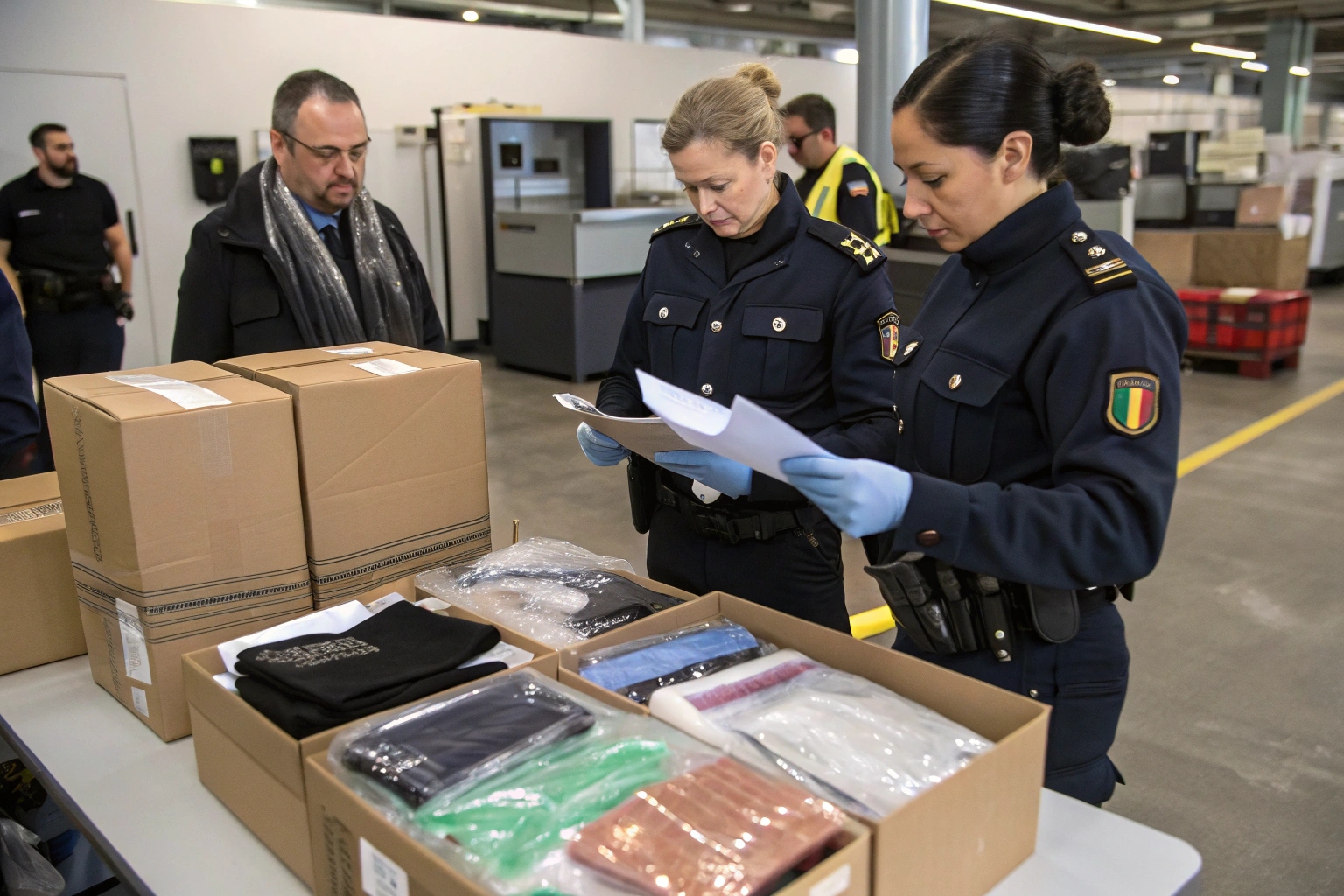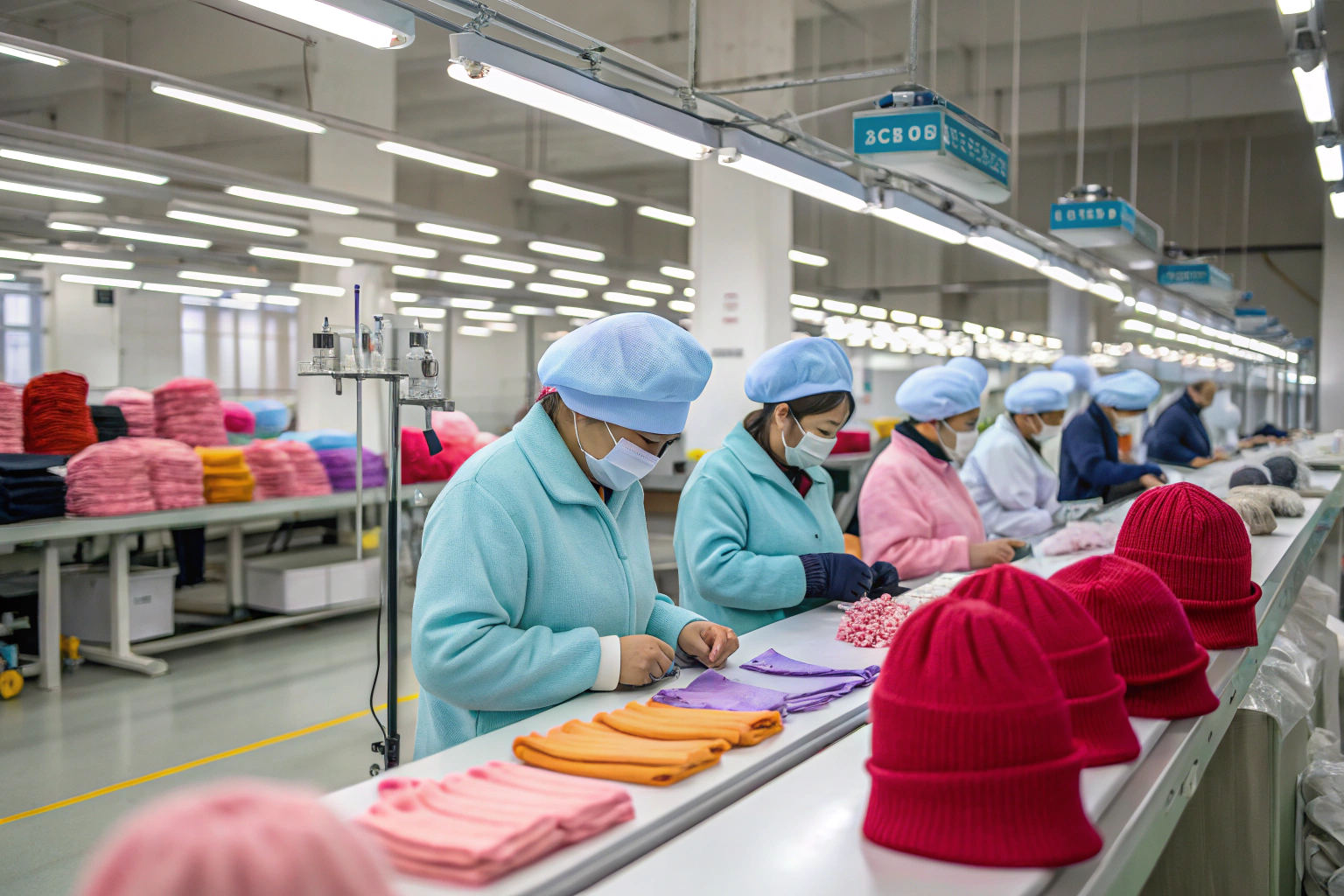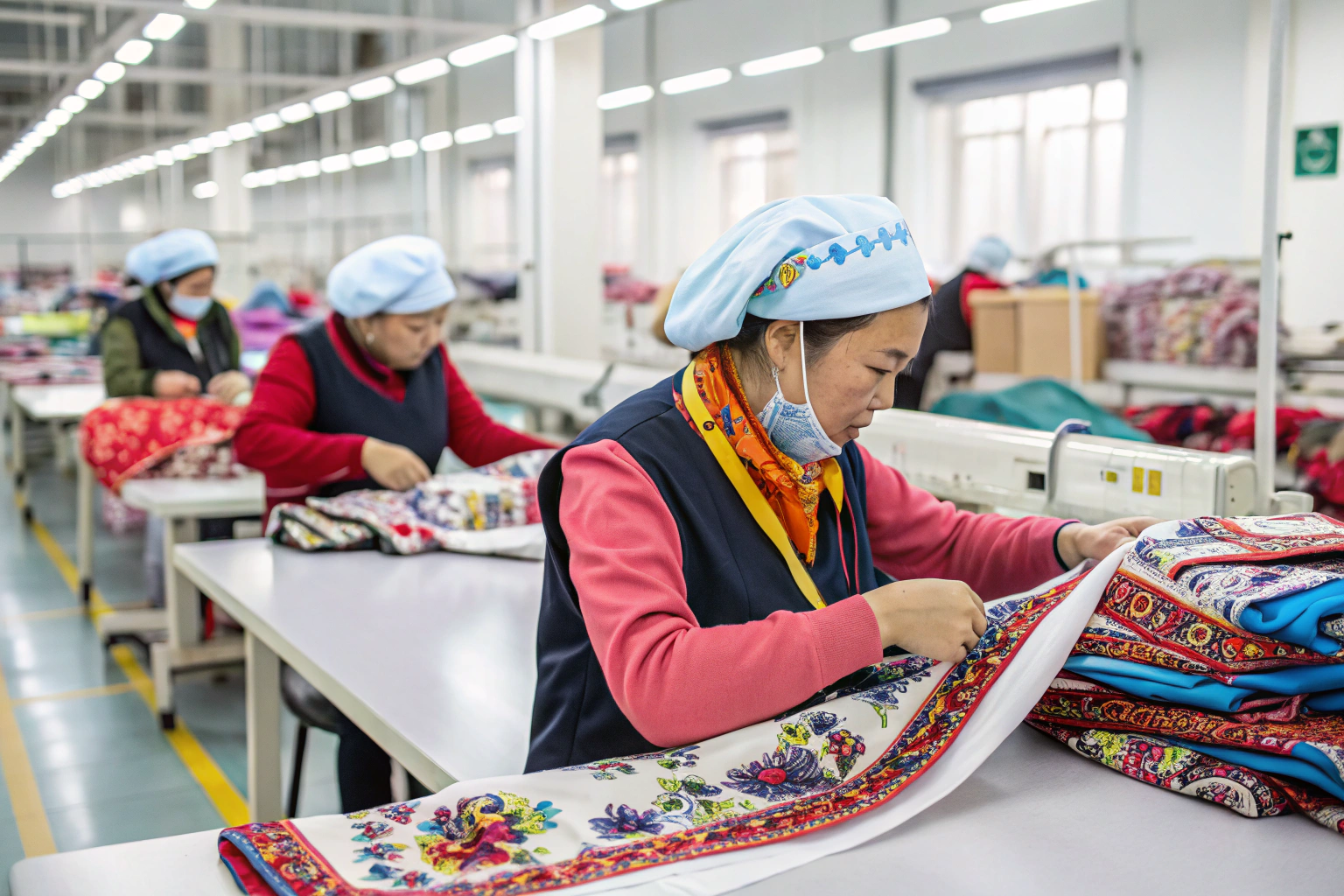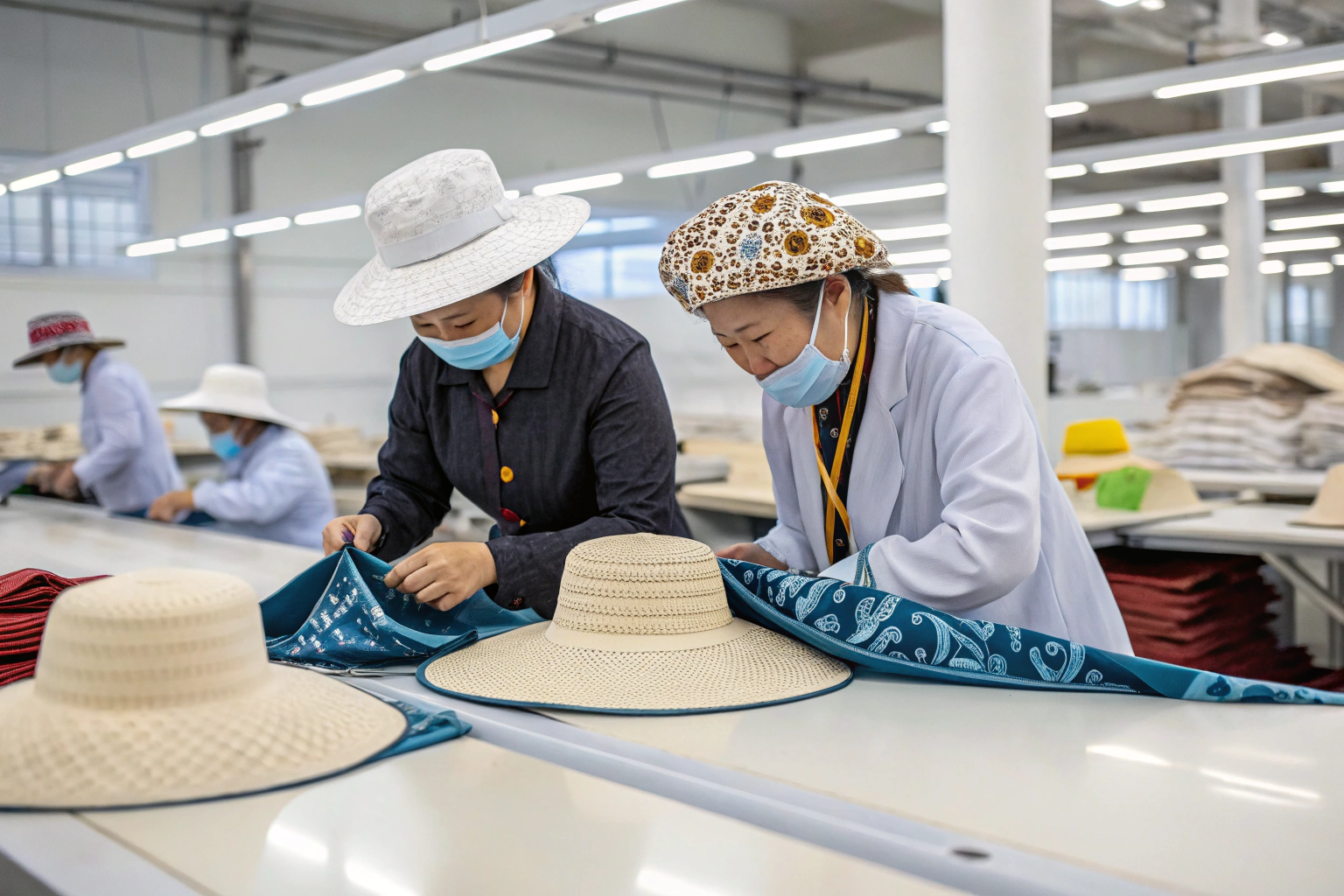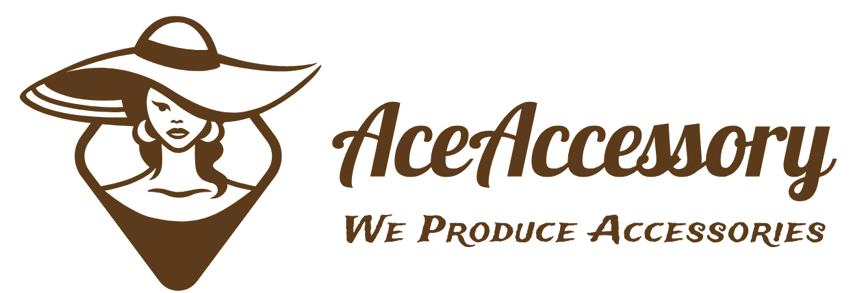Importing accessories to Europe sounds exciting—until you realize non-compliance can stop your goods at customs or expose your brand to legal fines.
At AceAccessory, we ensure all our accessory materials meet EU REACH standards by working with certified suppliers, conducting regular lab testing, and issuing REACH compliance documentation for every shipment.
Many buyers assume REACH is only about chemicals. In reality, it’s about trust, transparency, and risk reduction across the entire accessory supply chain. In this article, I’ll share how we help clients stay compliant without slowing down production.
How to comply with EU REACH?
REACH compliance can feel overwhelming—thousands of pages of regulations, constant updates, and different rules depending on your product.
To comply with EU REACH, companies must identify chemical substances in their products, verify they are within safe limits, and provide documentation that proves their compliance throughout the supply chain.

How AceAccessory helps importers meet REACH requirements without delay or confusion
When our clients ask if our belts, gloves, or scarves are “REACH-compliant,” we walk them through our process in three clear steps:
1. Approved Raw Material Sourcing
We only use fabric, faux leather, dyes, glues, and coatings from audited suppliers who provide updated REACH statements. Our sourcing team checks:
- SVHC (Substances of Very High Concern) presence
- Heavy metals in dyes and threads
- Plasticizer contents in PVC or PU materials
- Restricted amines or azo compounds
Every month, we receive material test reports to keep our component database updated.
2. Third-Party Lab Testing
Before production or delivery, we randomly test each batch of accessories using independent labs such as SGS or Intertek. For example:
- For belts: We test buckle plating, PU layers, glue bonding agents
- For hair clips: Paint coating, plastic resins
- For scarves: Dye fastness, formaldehyde, and banned dyes
3. Document Compilation
Each shipment comes with:
- Full material declaration
- Lab testing certificate
- REACH compliance statement
- Optional: Safety Data Sheet (SDS) if required by buyer
| Step | Responsibility | Documentation Provided |
|---|---|---|
| Raw material sourcing | AceAccessory + Supplier | Material Safety Sheet (MSS), SVHC list |
| Batch testing | Lab (SGS, Intertek) | Lab Test Report, Chemical Composition Cert |
| Shipment compliance | AceAccessory | REACH Statement, CO, Invoice |
This process helps our EU buyers move goods through customs without issue. One of our German clients selling in large chain stores told us our REACH paperwork saved him thousands in legal consultations.
What are the EU compliance standards?
Trying to navigate EU compliance without a local partner can feel like walking blindfolded—especially when rules change quickly.
EU compliance standards for accessories cover product safety, chemical content, labeling, and documentation. REACH is just one of several frameworks that importers must follow.

What regulations should accessory buyers and importers follow when selling in the EU?
I often tell new buyers—compliance is not just about checking a box. It’s about keeping your product legal and market-ready. Here are some major standards we help our clients meet:
1. REACH (Registration, Evaluation, Authorisation, and Restriction of Chemicals)
Covers over 200 hazardous substances, with limits for lead, cadmium, phthalates, azo dyes, and more.
2. General Product Safety Directive (GPSD)
All consumer accessories must be “safe” for use, especially for children. We test items like hair bands and gloves for choking hazards, sharp edges, and safe stitching.
3. Textile Labelling Regulation
Requires correct fiber composition labeling, including translations into all EU official languages.
4. Packaging Waste Regulations
We use recyclable or reusable packaging and work with clients to reduce single-use plastics.
| Compliance Area | Required For | How AceAccessory Supports |
|---|---|---|
| REACH Chemicals | All accessory components | Testing + supplier declarations |
| Product Safety | Children's accessories, belts | Sharp edge testing, durability testing |
| Labeling Requirements | Scarves, gloves, hats | Multi-language fiber and size labeling |
| Eco Packaging Rules | All exported goods | Custom recycled boxes, minimal plastic |
We also help clients prepare for EU inspections by organizing digital folders of all necessary certificates, formatted according to local market rules (e.g., Germany, France, Netherlands).
What makes something REACH compliant?
Knowing your supplier “follows REACH” isn’t enough. Buyers need real proof of what’s inside each product—and whether it passes regulatory thresholds.
A product is REACH compliant if none of its components exceed substance limits set by the EU and if the supplier provides documentation to prove full compliance.
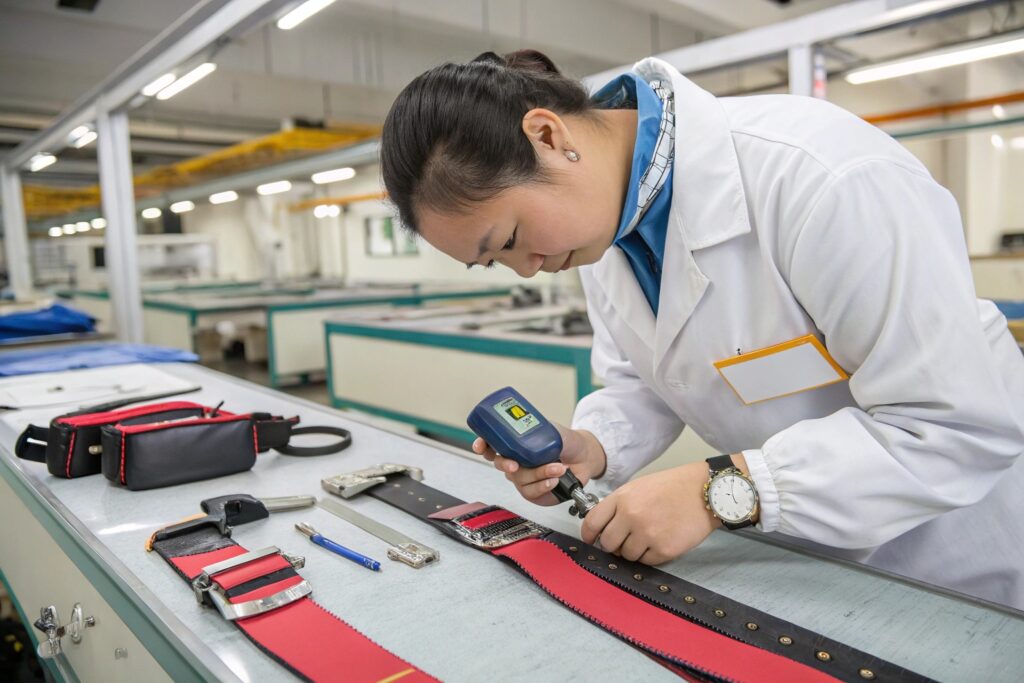
What are the chemical thresholds and reporting duties under REACH for accessory materials?
Let me break this down using simple terms. For a product to be REACH compliant, we focus on three things:
1. No SVHCs Above Threshold
SVHCs (Substances of Very High Concern) must be under 0.1% by weight per article. Examples include:
- Lead in metal parts
- Phthalates in PVC components
- Nickel in coated buckles
2. Testing and Documentation
We confirm compliance by sending components for chemical testing and keeping updated lab reports for each accessory batch. Even if your product is low-risk, some customs officers may demand this.
3. Communication and Reporting
If an SVHC is above 0.1%, we must inform EU importers and, in some cases, register the product in the SCIP database.
| Substance Type | EU Limit | AceAccessory Action |
|---|---|---|
| Lead (Pb) | <0.05% | All metals pre-tested and certified |
| Phthalates (DEHP, etc) | <0.1% | Material supplier reports + lab retesting |
| Azo dyes | Banned if carcinogenic | Dyed fabrics tested for banned chemicals |
| Formaldehyde | As low as possible | Certified formaldehyde-free processes |
One of our French clients once had customs flag a shipment of faux leather belts. Our team was able to present full chemical breakdowns and test certificates in hours—which got the container released the same day.
What is a REACH certificate of compliance?
Many buyers ask, “Do you have a REACH certificate?” But REACH doesn’t issue one universal certificate. So, what exactly should you be looking for?
A REACH Certificate of Compliance is a document issued by a supplier or lab confirming that the product meets the chemical restrictions listed in the EU REACH regulation.
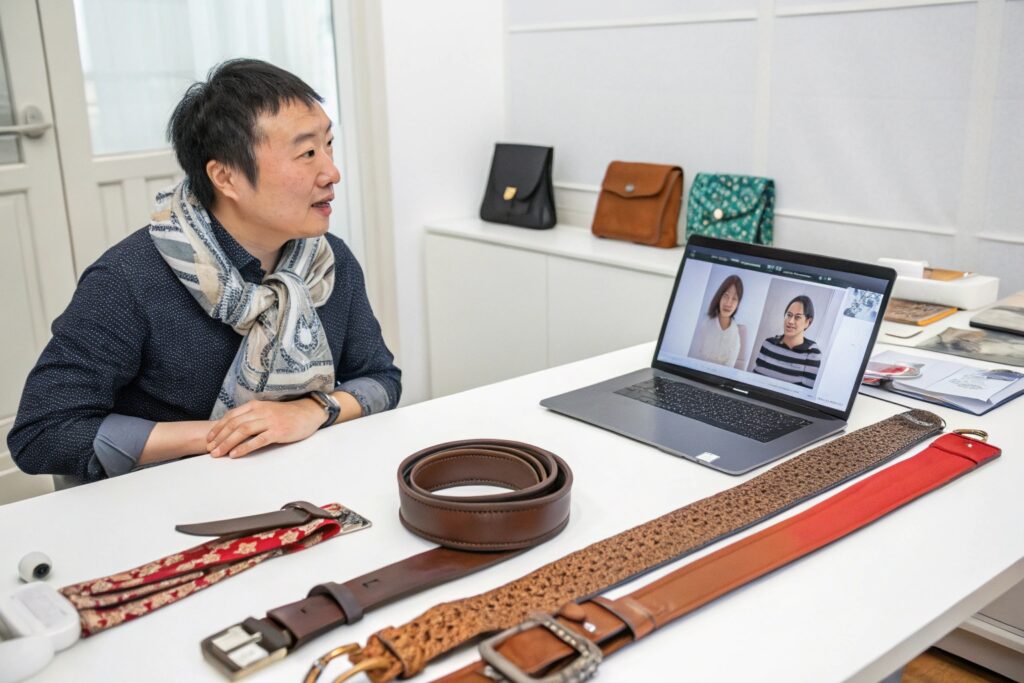
What should you expect in a real REACH certificate, and how do we provide one?
There are two types of REACH documents importers typically ask from us:
1. Lab-Issued Test Report
This document is provided by a certified third-party lab (like SGS) and includes:
- Product photo
- Testing method (e.g., GC-MS, ICP-OES)
- Substances tested
- Results in % or mg/kg
- Conclusion: PASS/FAIL
2. Supplier Declaration
This is a statement from us confirming compliance with REACH for a particular order. It usually includes:
- Our company info (AceAccessory)
- Order/invoice number
- Description of items
- Statement of compliance
- Contact for further info
| Document Type | Issued By | Use Case |
|---|---|---|
| Lab Test Report | Third-party lab | Proof for customs or retail audits |
| Supplier Declaration | AceAccessory | Shipment inclusion, import documentation |
We include both for each client shipment, and we keep records for 10 years. This protects buyers from unexpected checks and ensures traceability. For large-volume buyers like European department stores, this is not optional—it’s standard procedure.
Conclusion
At AceAccessory, we don’t just “say” our products are REACH compliant—we prove it. From sourcing and testing to documentation, we support our clients in navigating EU regulations safely and professionally.

